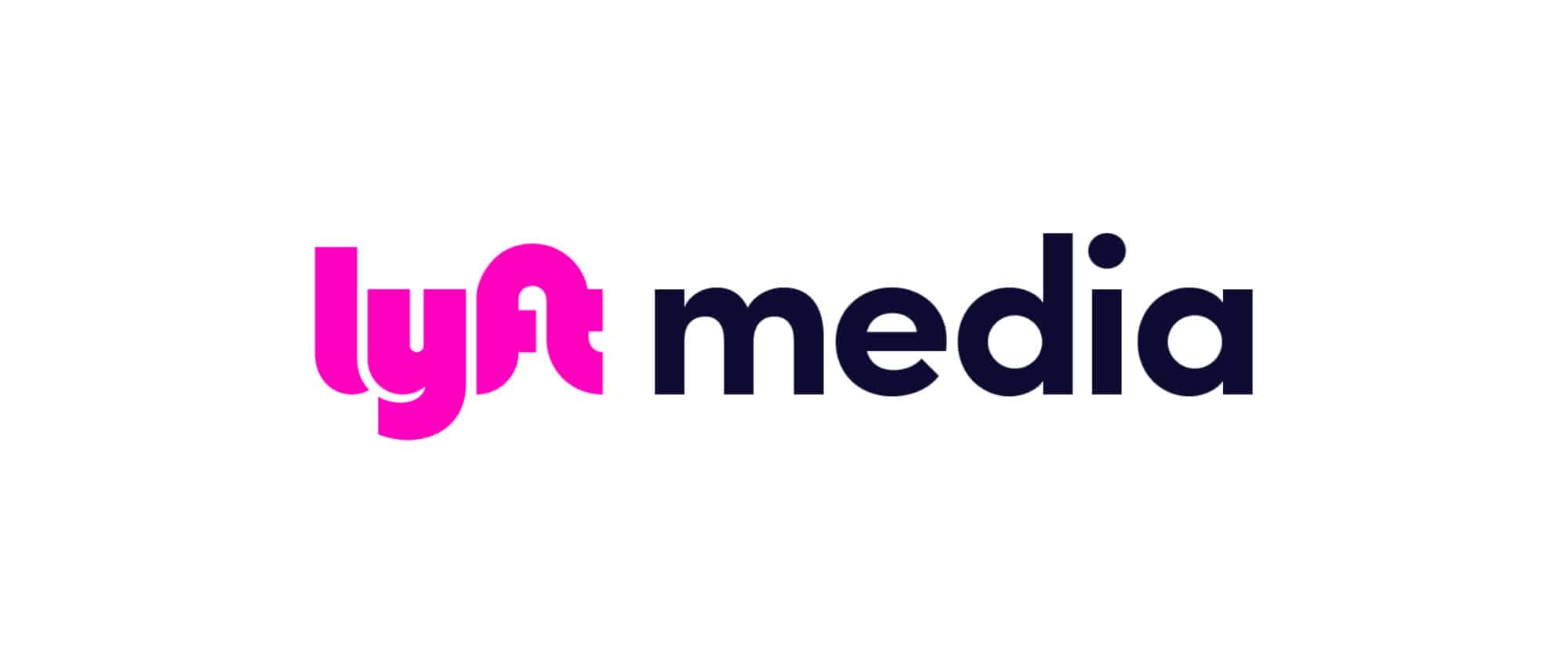Media networks are the new black. Mostly seen in the retail world over the past few years, the idea is to turn your physical assets into ad inventory. Sticking with the retail example, they have ample space (aisles and endcaps) and captive audiences to turn into meaningful impressions for brand partners.
That principle extends to ridesharing. In fact, we predicted a few years ago that Uber would launch its own ad network to divesify revenue and maintain growth in the face of core-business maturation. The ad business it launched is on pace to reach $1 billion in revenue by 2024 according to its last earnings call.
Now it appears that someone else is thinking along the same lines: Lyft. Specificially, it announced a new business unit to cultivate ad opportunities. Known as Lyft Media, it will focus on all the places where Lyft has your attention – everything from car rooftops to ad inventory within its app during rides.
In-Ride Mode
Among these ad formats Lyft Media is working with, the most opportune could be in-app ads. These ad units tap into an opportunity we’ve examined in the past in light of Uber: in-ride mode. This represents a highly-focused captive audience during rides, given users’ desire to check things like ETA.
It also presents an opportunity for ad targeting. Without having to rely on privacy-sensitive data like third-party behavioral tracking (more on that below), Lyft can target ads based on things like your destination location. Lyft riders who are out and about may be more receptive to local discovery.
For example, Lyft says that ad units will include “Lyft Skins.” These let advertisers overlay a customizable branded icon and banner on non-functional portions of the screen. Altogether, Lyft claims that it can help brands reach almost 20 million active riders. And some portion of ad revenue will go to drivers.
In addition to in-app inventory, Lyft sees an opportunity in physical outposts such as (again) rooftops for Lyft-affiliated cars as well as its micro-mobility assets (think: bike-share docks). This opportunity flows from its 2020 acquisition of Halo Cars, which makes rooftop screens that run digital ads.
Unintended Consequence
Zeroing in on the physical ads above, such as rooftop ads, they fall into the digital out-of-home (DOOH) category. And as such, they enjoy some of the same tailwinds. As we all know, the ad world is in flux, leading to shifting ad strategies for macro-economic reasons (downturn), and privacy-related reasons.
For the latter, DOOH is among a segment of ad formats and delivery channels that are aligned with the privacy-first era, as we’ve examined. Call it an unintended consequence of the privacy reform of the past few years: Crackdowns on behavioral targeting have led to escalating demand for contextual targeting.
Along with print media and television (including CTV and streaming), DOOH has elements of contextual ad targeting, which is all about situational relevance and content adjacency. For example, a digital display on the Las Vegas Strip, or a retail endcap at Home Depot, carry rich contextual targeting opportunities.
And that brings us back to Lyft. The company says that it will roll out ads in all the above channels to 25 percent of rides in Los Angeles, Chicago, San Francisco and Washington DC. This will account for millions of riders it claims, after which it will pull back or double down… depending on results.




